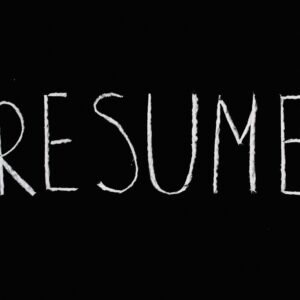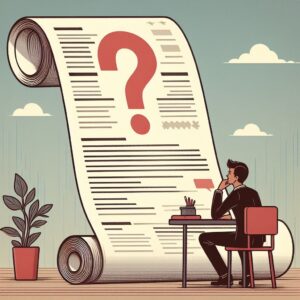In the realm of job applications, a well-crafted cover letter is the unsung hero that can elevate your candidacy and distinguish you from the competition. Yet, many individuals underestimate the power and significance of this document in their quest for professional success. In this comprehensive guide, we will delve into the nuances of a cover letter, its purpose, and how to create a compelling one that leaves a lasting impression on potential employers.
What is a Cover Letter?
A cover letter is a personalized document accompanying your resume that introduces you to a prospective employer. Unlike the resume, which outlines your skills, experiences, and qualifications, a cover letter provides a narrative that explains why you are the ideal candidate for a specific role. It serves as a bridge between your resume and the job description, allowing you to express your enthusiasm for the position and showcase your unique value.
The Purpose of a Cover Letter
- Introduction and Personalization: A cover letter is your opportunity to introduce yourself beyond the facts presented in your resume. Address the hiring manager by name if possible, and express genuine interest in the company and the position.
- Highlighting Key Experiences: While your resume outlines your work history, a cover letter enables you to delve deeper into specific experiences and accomplishments. Use this space to showcase relevant achievements and how they align with the requirements of the job.
- Conveying Enthusiasm and Fit: Employers seek candidates who not only possess the required skills but also align with the company culture. Your cover letter allows you to convey your enthusiasm for the role and demonstrate how your values and goals align with those of the organization.
- Addressing Employment Gaps or Special Circumstances: If you have employment gaps, a career change, or other unique circumstances, a cover letter is the ideal place to address them proactively. Use this space to provide context and reassure the employer of your suitability for the position.
Elements of an Effective Cover Letter
- Header: Include your contact information, the date, and the employer’s contact details.
- Salutation: Address the hiring manager by name if possible. If not, use a generic salutation such as “Dear Hiring Manager.”
- Introduction: Start with a strong opening that expresses your interest in the position and introduces yourself briefly.
- Body Paragraphs: Use 2-3 paragraphs to highlight your relevant experiences, skills, and achievements. Tailor your content to align with the job description.
- Closing: Conclude your cover letter with a call to action. Express gratitude for the opportunity and invite the employer to contact you for further discussion.
- Signature: End with a professional closing (e.g., “Sincerely”) followed by your typed name.
Crafting Your Cover Letter
- Research: Understand the company culture, values, and the specifics of the job role.
- Customization: Tailor each cover letter to the specific job application. Avoid generic templates.
- Show, Don’t Tell: Instead of listing skills, use examples and anecdotes to illustrate your qualifications.
- Professional Tone: Maintain a professional and formal tone throughout your cover letter.
- Proofreading: Eliminate grammatical errors and typos to present a polished and professional document.
In conclusion, a well-crafted cover letter is a valuable asset in your job application toolkit. It allows you to go beyond the bullet points on your resume and connect with potential employers on a more personal level. Invest time and effort into creating a compelling cover letter for each application, and watch as it becomes the key to unlocking new opportunities in your professional journey.




